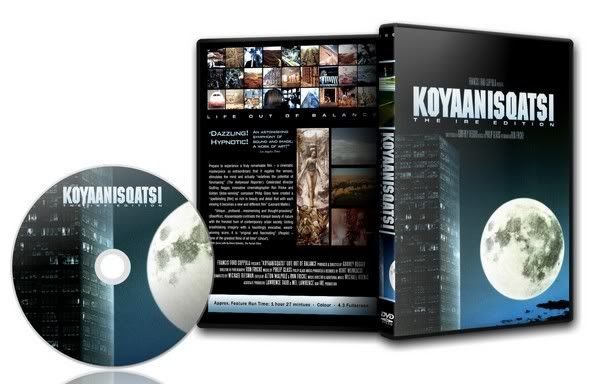Many movies intended to be shown in 1.85:1 were shot "open-matte."
Basically, there are two ways to shoot in 1.85:1 with 35mm film:
1. "Closed-Matte" - You mask off the top and bottom in the camera, so there are essentially black bars on the film negative itself
2. "Open-Matte" - You mask off the top and bottom on the monitor, but not in the camera, meaning there are no black bars on the negative itself, but the top and bottom were never meant to be seen
The second method is far more common. All three Back to the Future films were done this way, as were several Stanley Kubrick films. When it comes time to release a fullscreen VHS, they don't have to go through an expensive pan-and-scan transfer, they just transfer the full frame of the film.
The problem with this is that the shots are composed for 1.85:1, not 1.33:1. Because of this, oftentimes you'll have boom poles dipping into the shot which would not be seen in the widescreen version, or other mistakes (a good example is The Shining - in the fullscreen version, you can see the shadow of the filming helicopter in the opening sequence, whereas it is unseen in the widescreen version).
As such, even if a film was shot "open matte," 9 times out of 10 it was always intended to be viewed in widescreen, and the only reason it was shot 1.33:1 was because it was easier and possibly cheaper.
http://en.wikipedia.org/wiki/Open_matte

